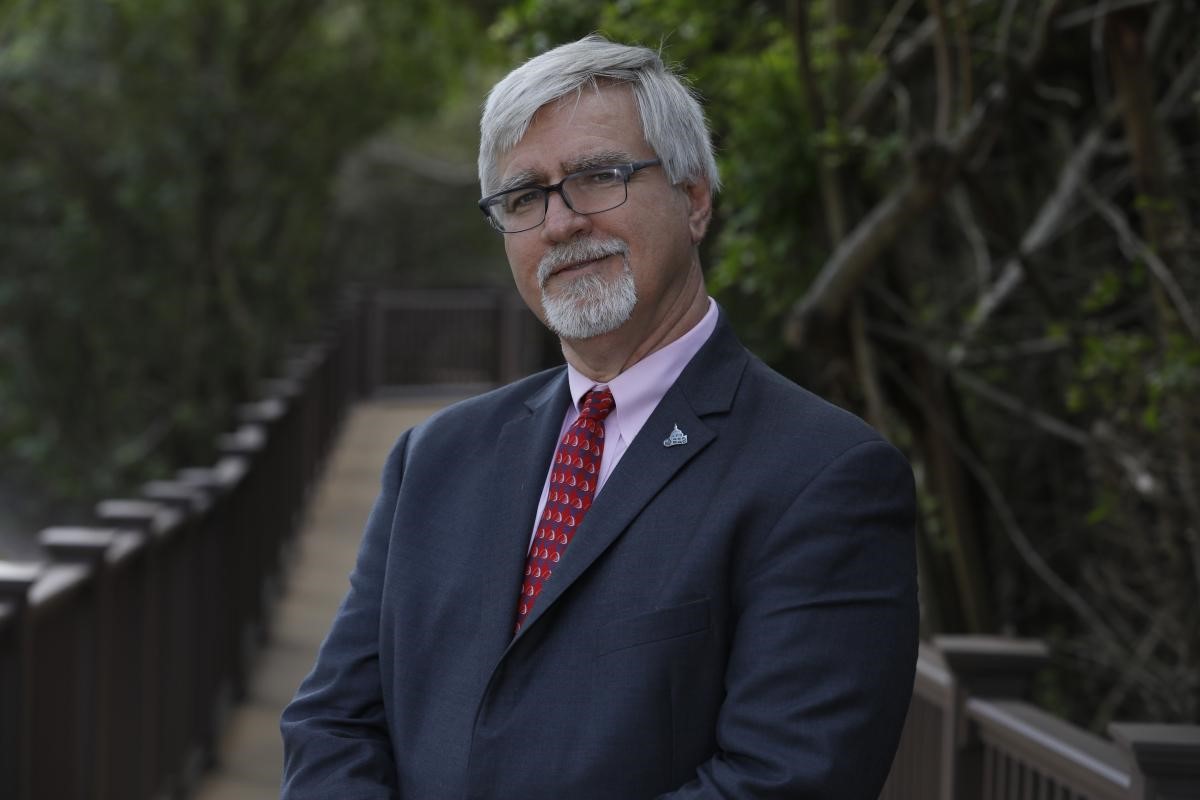 This last weekend most of America underwent a rather painful change.
This last weekend most of America underwent a rather painful change.
I’m talking about the legally mandated move to Daylight Saving Time (for most of us). That’s right, at 2 a.m. on March 12, clocks around the nation will “spring ahead” to 3 a.m., reversing course from last fall when the move was to “fall back” to standard time. It’s a “movement” laid at the feet of none other than Benjamin Franklin who, in what’s been characterized as a “satirical” letter to the editor of The Journal of Paris in 1784 pitched “the economy of using sunshine instead of candles.”
Mr. Franklin may have been satirical, but the economic rationale for this artificial time contrivance lingers on. It was certainly a factor in 1916 when Germany saw adjusting the time as helpful to its war effort. Great Britain embraced the same logic the following year, and by March 1918[1] the (now at war) United States was on board — well, sort of. It only lasted till the end of that war, was picked up again (briefly) during WWII (when it was called “War Time”), though afterwards it was optional (that must have been fun)[2] — and then pretty much faded from sight until the mid-1960s.
This decision is often laid at the feet of agriculture (more specifically farmers, who generally speaking abhor it), but that business tends to be driven by the actual patterns of the sun, rather than the artificial constraints of a clock (as anyone who has pets that expect to be fed at certain times whatever the clock may show can attest). The reality is that the science on cost savings related to these shifts remains contradictory at best. In fact, there’s a better case to be made for the negative effects these shifts have on our body’s natural circadian rhythms, with studies suggesting it has led to increased traffic accidents and even heart attacks.
What About Retirement?
Regardless of its origins, DST remains something of an artificial constraint, founded on one set of (arguably) archaic assumptions of (certainly now) questionable validity. It’s not entirely unique in that respect. Consider, for example, the idea of a starting contribution rate of 3% for automatic enrollment plans. Now, since the enactment of the Pension Protection Act of 2006, we’ve at least had a legislative “anchor” for an assumption that is, and has long been, almost uniformly seen as insufficient (not just to achieve retirement security, but in many cases to maximize the employer match).
But for decades before that (harkening back to a time when some marketing genius labeled it “negative election”), 3% became a de facto default rate. Sure, there was some logic (rationalization?) that it was small enough to discourage participant opt-out (and, looking at the opt-out rates for state-run IRAs with a higher default, there’s perhaps some merit to that concern) — but mostly it anchored on long-standing practice — that was, in turn, anchored on an obscure reference in an example in an IRS bulletin.[3] One that, as it turns out, was carried over into the automatic-enrollment requirement for new plans as part of the SECURE 2.0 Act of 2022.
That said, and despite those traditional, limiting strictures, it’s encouraging to see plan sponsors take the initiative (likely with the encouragement and direction of plan advisors) to go beyond that minimum — so much so that 3% is no longer the most common default deferral rate among 401(k) plans, according to the Plan Sponsor Council of America’s 65th Annual Survey of Profit Sharing and 401(k) Plans.
We seem to be stuck with DST and its implications for yet another season, despite what appear to be annual legislative attempts to undo it. And so, come Monday morning most of us will spend the rest of that week (and perhaps part of the following) a bit discombobulated.
As for automatic enrollment defaults, it’s a good time to remember that we aren’t “stuck” with the traditional defaults — and there are plenty of good reasons to do “better.”
Footnotes
[1] Fun fact: In 1920, The Washington Post reported that golf ball sales in 1918 — the first year of daylight saving — increased by 20%.
[2] Daylight saving time didn't become standard in the US until the passage of the Uniform Time Act of 1966, which mandated standard time across the country within established time zones. It stated that clocks would advance one hour at 2 a.m. on the last Sunday in April and turn back one hour at 2 a.m. on the last Sunday in October. States could still exempt themselves from daylight saving time, as long as the entire state did so. In the 1970s, due to the 1973 oil embargo, Congress enacted a trial period of year-round daylight-saving time from January 1974 to April 1975…in order to conserve energy.
[3] Page 8 — an example regarding "negative election" used 3%... https://www.irs.gov/pub/irs-irbs/irb98-25.pdf
- Log in to post comments
